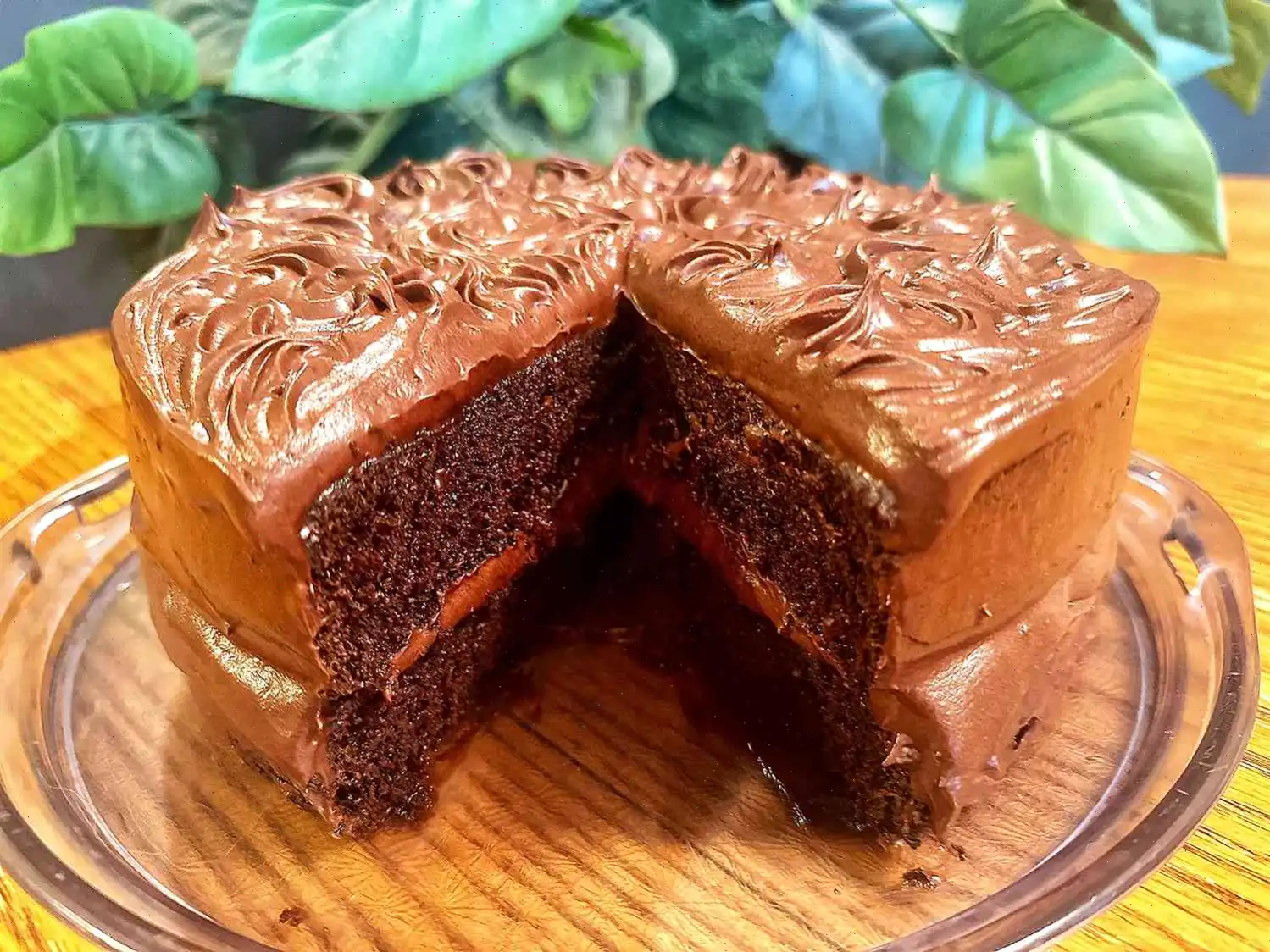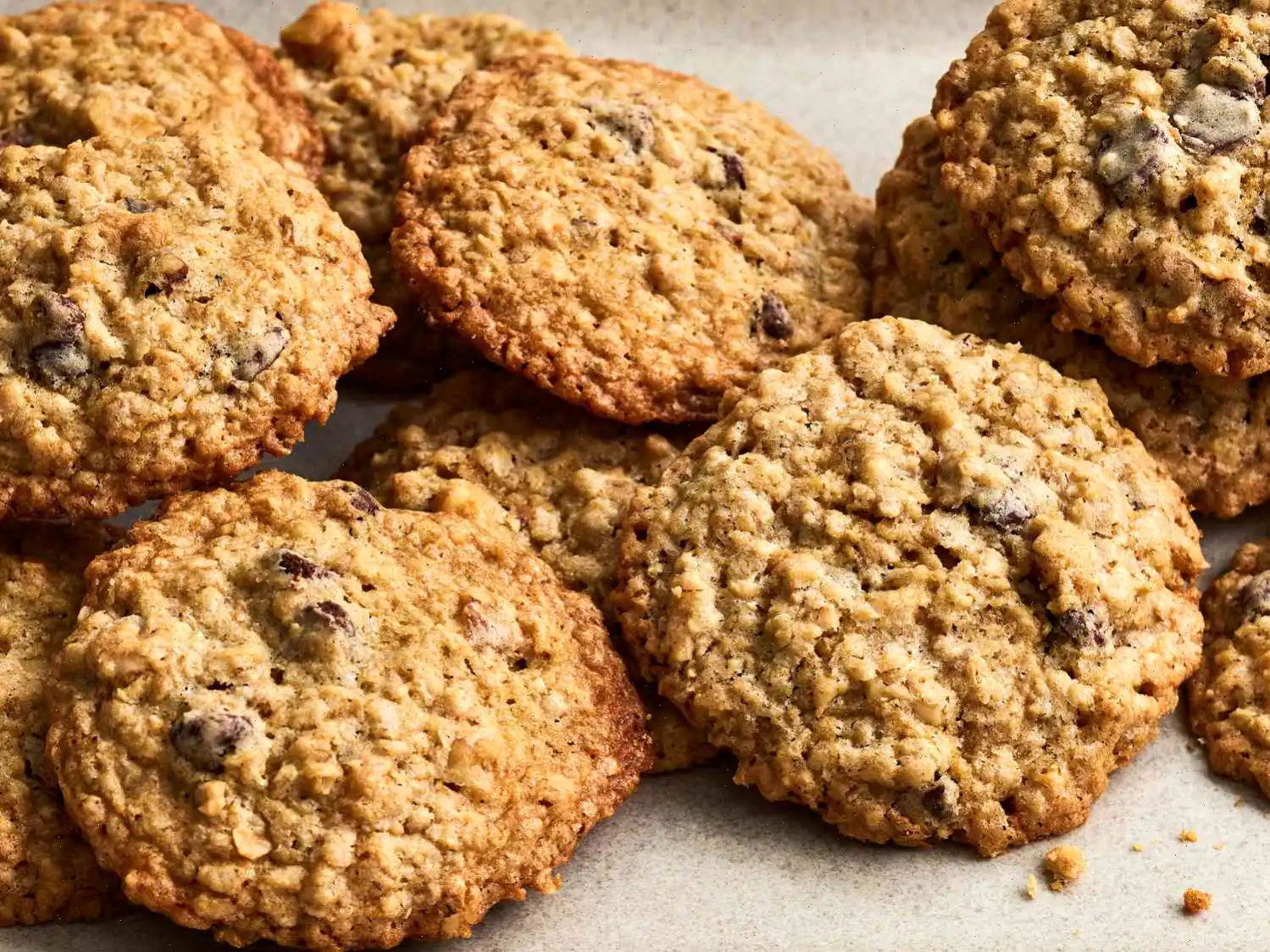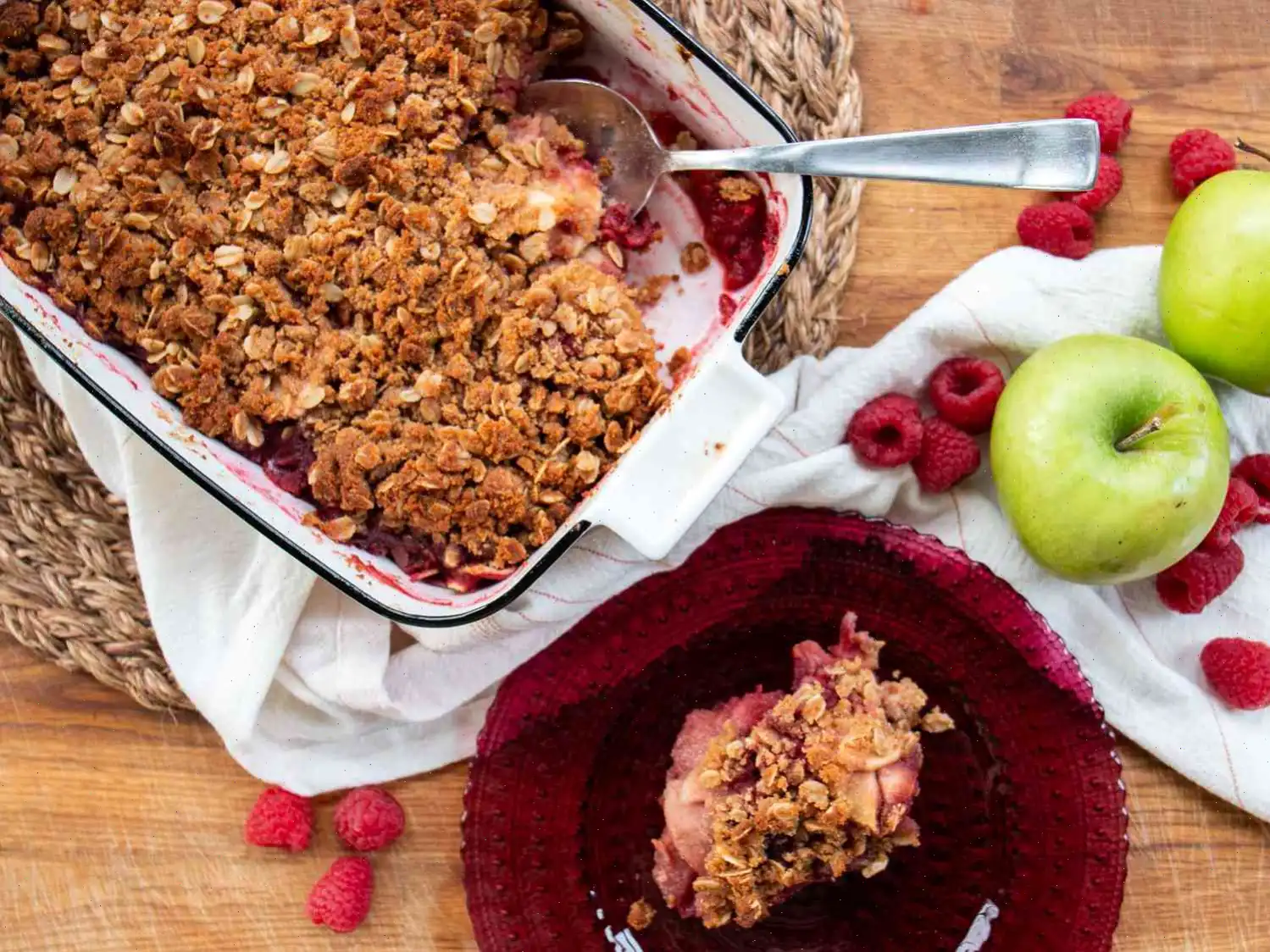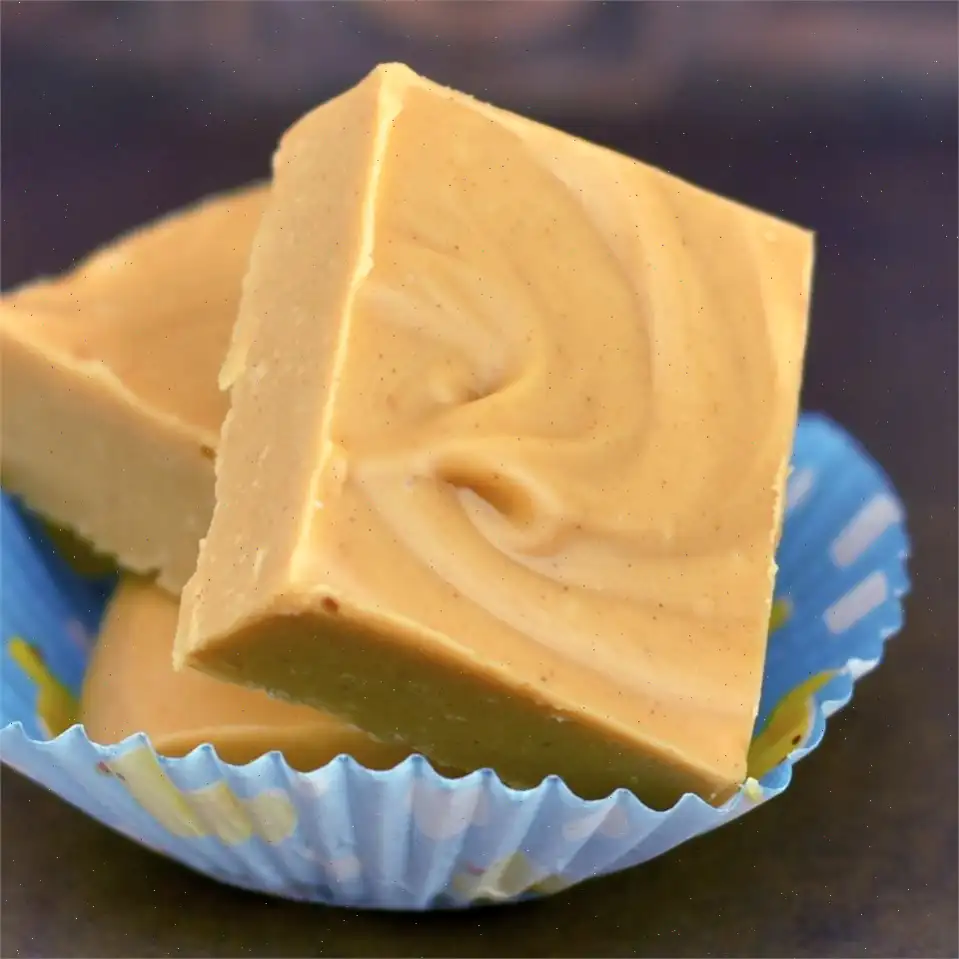
Espresso Cake Recipe
This classic chocolate cake is rich, moist, and simple to make. Perfect for any occasion!
Ingredients
This recipe makes 12 servings.
- 2 cups white sugar
- 1 3/4 cups all-purpose flour
- 3/4 cup cocoa powder
- 2 tablespoons instant espresso powder
- 1 1/2 teaspoons baking powder
- 1 1/2 teaspoons baking soda
- 1 teaspoon salt
- 2 large eggs, at room temperature
- 1 cup whole milk
- 1/2 cup oil
- 2 teaspoons vanilla extract
- 1 cup boiling water
Directions
Follow these steps to make your delicious chocolate cake:
- Preheat the oven to 350F (175C). Spray two 9-inch round cake pans with nonstick cooking spray and set aside.
- Sift the sugar, flour, cocoa powder, espresso powder, baking powder, baking soda, and salt into a large bowl. Stir to combine.
- Add the eggs, milk, oil, and vanilla extract to the dry ingredients. Stir until smooth.
- Gradually mix in the boiling water. The batter will be thin, but this is normal.
- Divide the batter evenly between the prepared pans.
- Bake for 30-37 minutes, or until a toothpick inserted into the center of the cake comes out clean.
- Remove the cakes from the oven and allow them to cool in the pans for 10 minutes. Then transfer them to a wire rack to cool completely.
Nutrition Facts
| Nutrient | Per Serving (1 slice) |
|---|---|
| Calories | 327 |
| Total Fat | 11g (15% Daily Value) |
| Saturated Fat | 1g (6% Daily Value) |
| Cholesterol | 33mg (11% Daily Value) |
| Sodium | 417mg (18% Daily Value) |
| Total Carbohydrates | 52g (19% Daily Value) |
| Dietary Fiber | 1g (5% Daily Value) |
| Total Sugars | 34g |
| Protein | 5g (9% Daily Value) |
| Vitamin C | 0mg (0% Daily Value) |
| Calcium | 66mg (5% Daily Value) |
| Iron | 3mg (16% Daily Value) |
| Potassium | 77mg (2% Daily Value) |
* Percent Daily Values are based on a 2,000-calorie diet. Your daily values may be higher or lower depending on your calorie needs.
** Nutrient information is not available for all ingredients. Amount is based on available nutrient data.
The Story Behind Espresso Cake
Espresso cake, a decadent dessert that combines rich chocolate flavors with the bold essence of espresso, has roots that intertwine with the global love for coffee. While its exact origin is difficult to trace, this dessert gained popularity in the mid-20th century in the United States, when coffee culture started flourishing in American cafs and households. The addition of espresso powder to chocolate cake not only enhances the cocoas depth but also reflects the eras growing fascination with European-style coffee and caf desserts.
Regional Variations and Specialties
Espresso cake is widely enjoyed across the United States, but it has notable regional interpretations. In the Pacific Northwest, a region famed for its coffee culture, espresso cakes often feature layers of mocha frosting or chocolate ganache, reflecting the areas artisanal coffee influence. In contrast, Southern versions may incorporate pecans or a hint of bourbon to complement the espresso flavor. European-inspired variations, particularly in Italy, might use espresso-soaked sponge layers similar to tiramisu, bridging the line between cake and traditional Italian desserts.
Distinguishing Features Compared to Similar Desserts
Unlike standard chocolate cake, espresso cake relies on instant espresso or strong brewed coffee to intensify chocolate flavor without adding moisture or making the cake overly dense. While mocha cakes also combine coffee and chocolate, espresso cake tends to have a simpler structure with a more pronounced coffee aroma. The subtle bitterness of espresso balances the sweetness, setting it apart from typical chocolate cakes or coffee-flavored frostings that lean heavily on sugar.
Typical Serving Occasions
Espresso cake is often served as a dessert at dinner parties, coffee breaks, or special occasions such as birthdays. Cafs frequently offer slices alongside a fresh cup of espresso or cappuccino, making it a perfect pairing for coffee enthusiasts. Some households also enjoy it as a casual weekend treat, demonstrating its versatility in both formal and informal settings.
Fun and Interesting Facts
- Espresso powder used in baking is not brewed coffee but finely ground instant espresso, which dissolves easily and enhances chocolate flavor.
- The technique of adding hot water to the batter, as seen in many espresso cake recipes, helps bloom the cocoa and espresso, giving the cake a moist and tender crumb.
- Espresso cake has inspired numerous hybrid desserts, including layered tiramisu-inspired cakes and chocolate-espresso cupcakes.
- Despite its rich flavor, espresso cake can be surprisingly light, allowing it to be served in generous portions without overwhelming the palate.
- The combination of coffee and chocolate is known to enhance antioxidants, making espresso cake a slightly indulgent yet mood-boosting treat.
FAQ about Espresso Cake Recipe
Comments
Susan Marshall
11/09/2024 05:07:11 AM
A real letdown. It had an unusual texture, almost rubbery. This recipe is a flop. Something is wrong, like another comment said- the batter really thin/soupy. I wouldn’t recommend anyone to use this recipe.
Emily Torres
06/20/2024 01:54:01 AM
Simple ingredients, amazing result.
FairCrisp3225
04/30/2024 04:36:31 PM
I love cake on my birthday
Jeanette
04/30/2024 02:20:55 AM
I made this recipe exactly as written, but I didn't care much for the flavor/taste, texture, nor appearance. Although it was fully cooked, it had an appearance of being raw from the top and inside. From the top, it created an inner circle and outer circle of different colors (one looked cooked and the other raw, however toothpick came out clean). From inside, it looks (but not tastes) very dense and also raw-looking (but not raw). Taste and texture were not that great. Before adding the water, consistency looked good, but then very runny after adding the water to the batter. Overall, not a great cake recipe, at least not to my liking.








